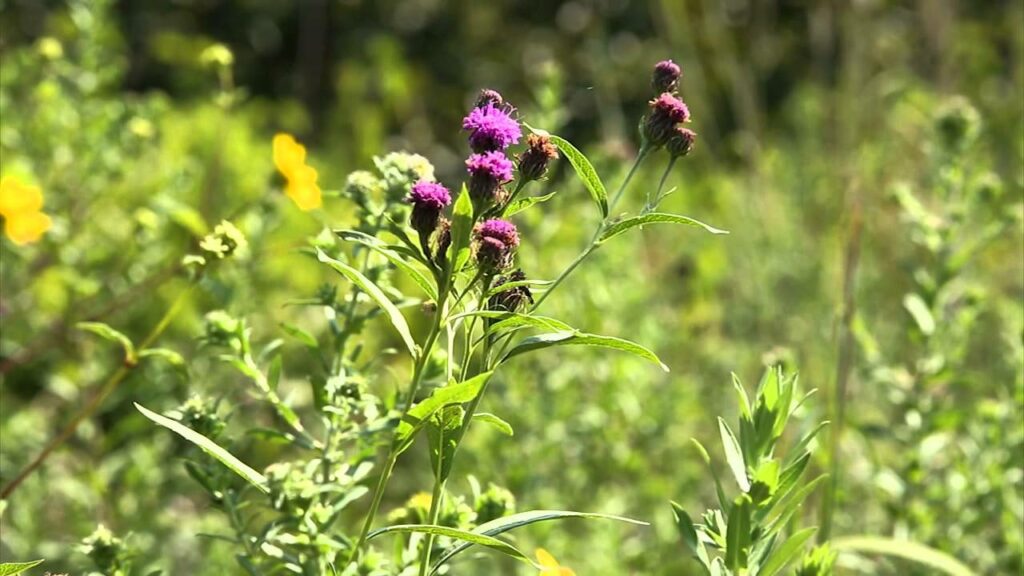In honor of World Migratory Bird Day (May 11), let’s learn about . . . RED KNOTS!
Red knots are shore birds that make one of the longest migrations of any bird – more than 9,000 miles! In their migration from the Arctic to the tip of South America and back, they use certain locations as stopovers – places to rest and find food.
Tierra del Fuego (in Chile and Argentina), northern coastal Brazil, and the mid-Atlantic United States are their common stopover locations.

Red knots winter in Tierra del Fuego and then move north in the spring and summer to reach their breeding grounds in the Arctic. FIND Outdoors map by Lindsay Gnann.
What else lives in the mid-Atlantic coastal United States? Horseshoe crabs.
In the Delaware Bay region, horseshoe crabs lay their eggs in the springtime, just as the red knots are arriving for a stopover.

Thousands of horseshoe crabs come up onto the beaches in Delaware Bay to fertilize and lay their eggs. US Fish and Wildlife photo by Gregory Breese.
Those horseshoe crab eggs are the red knots’ primary food source when they arrive in the region. The stopover in Delaware Bay is crucial for red knots to get the nutrients they need to finish their migration to their breeding grounds in the Arctic.

These small spheres are horseshoe crab eggs, the red knots’ primary food source in the Delaware Bay. US Fish and Wildlife photo by Gregory Breese.
Unfortunately, red knot populations have been declining due to a variety of reasons. There are concerns about horseshoe crab populations, too. Horseshoe crabs are harvested for bait. Their blood is harvested for pharmaceutical testing, though this harvesting usually doesn’t kill them.
Since the two species are so closely linked, scientists are researching how to support red knot and horseshoe crab populations.
Want to learn more?
Check out the article in the Scientific Models in Adaptive Management edition of Natural Inquirer.

Tying the Knot: How Do Horseshoe Crab and Red Knot Populations Affect Each Other?

In this study, scientists wanted to examine how the harvest of horseshoe crabs in Delaware Bay affects the red knot.
- Written for middle and high school students
- Includes an activity
- Download or order for free

Thousands of red knots fly to Delaware Bay and land there to refuel for their long migratory journey. US Fish and Wildlife photo by Gregory Breese.
World Migratory Bird Day 2024
World Migratory Bird Day has been recognized since 1993. In its current incarnation, World Migratory Bird Day is split over two days: May 11 for the US and Canada and October 12 for Mexico, Central and South America, and the Caribbean.
The focus of World Migratory Bird Day is on raising awareness of the importance of migratory birds and how we can help them by conserving important habitats, flyways, and more. Learn more about this year’s events, explore helpful resources, and learn about how you can help at https://www.migratorybirdday.org/.










